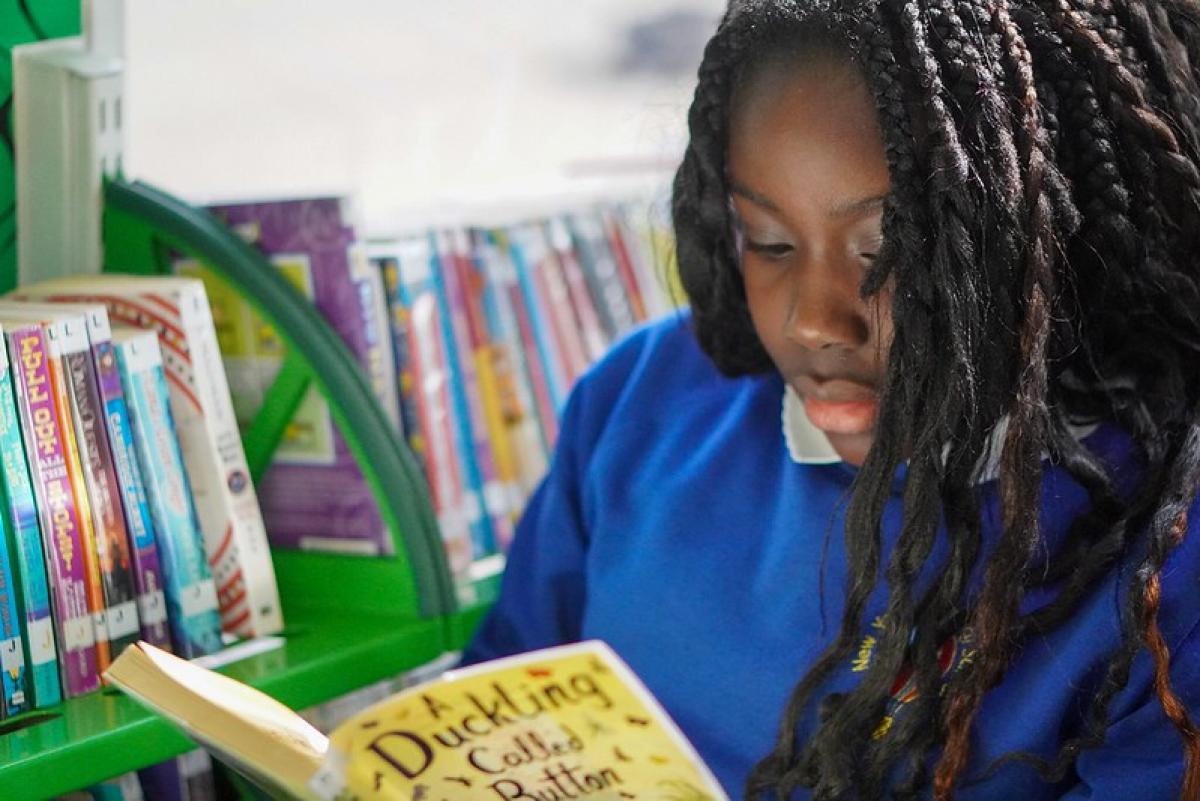New research reveals England's public libraries generate value of £3.4 billion a year
England’s public libraries generate value of at least £3.4 billion each year, according to a landmark analysis by economists from the University of East Anglia (UEA).
The research – published today in a new report titled Libraries for living, and for living better - was commissioned by Libraries Connected East, the eastern regional network of charity Libraries Connected. The project was funded by library services in the East of England, with a £30,000 contribution from Arts Council England.
Academics from CreativeUEA and UEA Health Economics Consulting were tasked with estimating the economic value of libraries in the region, which comprises Bedford Borough, Cambridgeshire, Central Bedfordshire, Essex, Hertfordshire, Luton, Norfolk, Peterborough, Southend, Suffolk, and Thurrock library services. The UEA team, led by Professor John Gordon, developed a new tool that ascribes monetary value to various library activities based on their equivalent commercial rates, the savings they create for taxpayers and their projected financial impact on individuals. The research focused on three service areas: digital inclusion, children’s literacy and health and wellbeing.
Through extensive library visits, user interviews and statistical analysis, the authors estimated that a branch library typically provides £1 million in value annually. They then extrapolated the findings to all of England’s 3,000 libraries, giving a national total of £3.4 billion. Using Chartered Institute of Public Finance & Accountancy (CIPFA) spending data for the year 2021/22, this represents a return on investment of at least six times cost.
The report, which can be accessed as a PDF resource at the bottom of this page and will be available through UEA Publishing Project, includes a range of case studies across the three service areas, including:
- A falls prevention scheme in Hertfordshire with 10 participants that produced over £8,000 in value each year through savings to health and social care.
- A Men’s Mental Health project in Norfolk that generated value of £60,000 per participant.
- A “Knit and Natter” group in Clacton that generated over £30,000 of value by reducing the impact of loneliness on healthcare, productivity and wellbeing.
- Cambridgeshire’s mobile library service that produced value of over £300,000 each year for more than 6,000 users.
- A literacy programme for teenagers in Suffolk that generated over £300,000 in value for 650 participants.
The research comes as local authorities, which run almost all public libraries, grapple with unprecedented financial pressures. Libraries Connected says the UEA analysis makes a powerful case for increased local and national investment in the library network.
Professor John Gordon, Director for CreativeUEA, commented:
Our holistic methods demonstrate the very significant economic value of library services - even with a conservative figure. We also identify their benefits for health and wellbeing, digital inclusion and children’s literacy – and the links between them. The innovative tools developed by UEA researchers in health economics, health sciences, education and computing sciences can help others to gauge and express the value of libraries in precise terms, for investment and to support the many impacts that benefit us all.
Isobel Hunter MBE, chief executive of Libraries Connected, commented:
For the first time, we have rigorous academic analysis the demonstrates the far-reaching economic and social impact of libraries. This innovative research by UEA should be a game-changer for public libraries and how they are viewed by local and national decision-makers. The evidence is clear: investing in libraries brings huge returns for local communities and the public purse.
Luke Burton, Director Libraries, Arts Council England said:
We’re keen to fund projects like this to add to the growing research demonstrating the value and impact of libraries in communities and across society. Rigorous independent research like this is critical in speaking a language that is understood outside the sector. We hope it can help make the case to potential partners and funders locally, regionally, and nationally to support libraries in improving the lives of people in the communities they serve and shine a light on the services modern library services provide.

